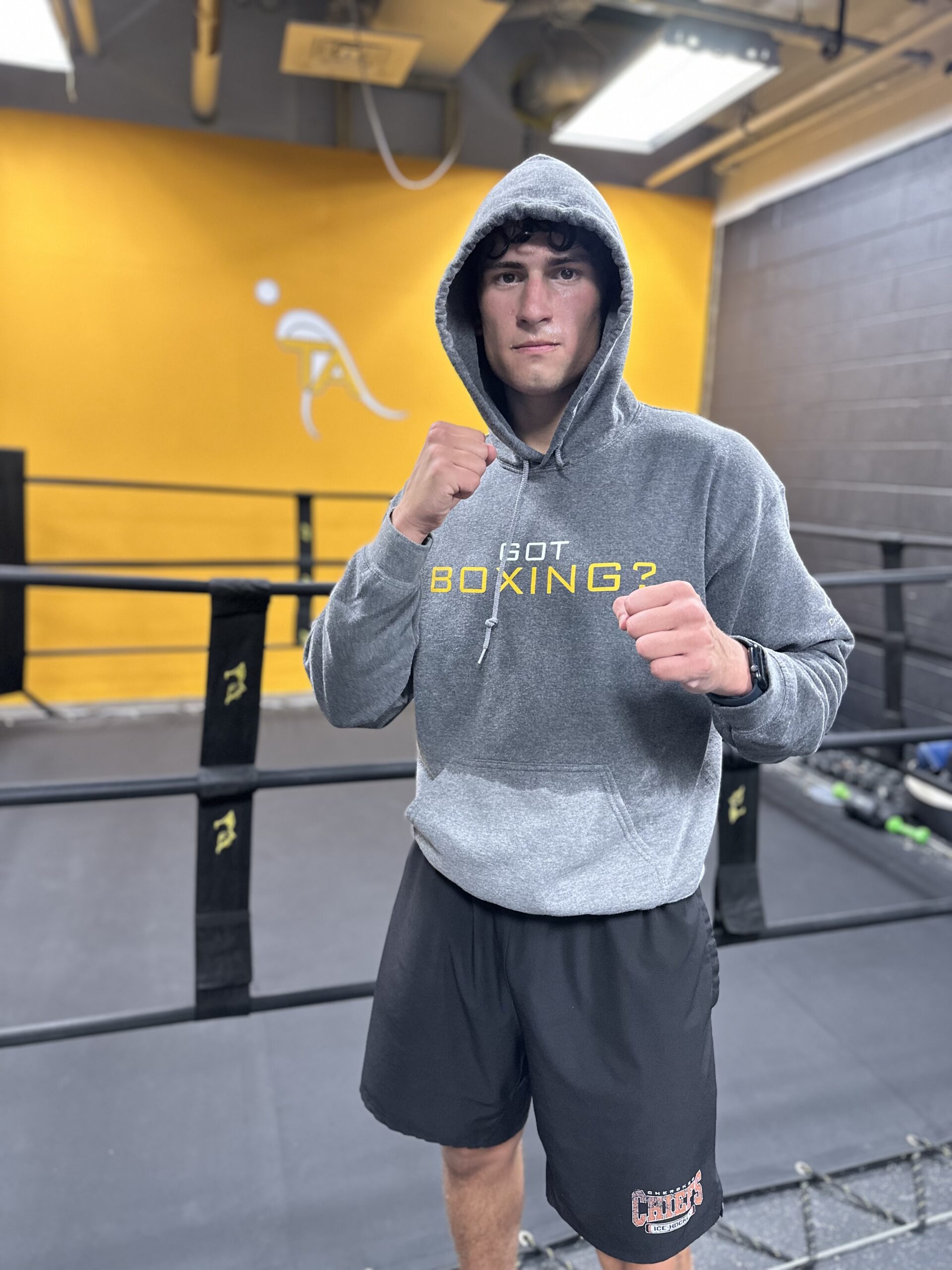Personal Training program progressions

Typically, the trainer breaks down a resistance training program for athletes into phases, also known as progressions. The progression that the athlete advances to depends on your specific goals and capacity to achieve them. Of course, there are many other factors that are considered, but the results achieved through resistive exercises are due to the regiment put in place by good trainers. This may also be utilized by healthy, active individuals looking to advance their workout.
Phase 1: Anatomical Adaption. Do you remember that feeling the first few times you ever lifted weights in the gym? You felt stronger and probably thought you looked better in the mirror. It’s okay, we all did it. This is due to the motor unit activation and muscle recruitment made within the body. In other words, your nervous system woke up due to the new stresses placed upon it and told your muscles, “Hey! We need you!” Unfortunately, your body shape did not change and your muscles had not grown yet, but strength was definitely gained.

This phase usually lasts about 2 weeks, give or take, depending on the individual. Concentrate on controlled movements and feeling the exercises “within the muscles”. Do not worry about the amount of weight being lifted. It is important to know where your limbs are in accordance to your body as well. Even though it may seem you are making progress, the correct neuromuscular connections need to be made. Improper technique can lead to underdeveloped movements, and in turn cause injury in the long term. Some anatomical adaption exercises include machine bench press, lat pull-down, leg press, and leg curl.
Phase 2: Hypertrophy. This phase is most commonly seen in the gym even though the name may be unfamiliar. If your goal is to be “sculpted”, then this is where you keep your training. This is not the main function of this stage for athletes though. In relation to sports, hypertrophy refers to the growth of muscle fibers to build the capacity for later phases. A base is established to prime the muscles to move into maximum strength, muscle endurance, and/or maximum power. This is why moderate loads are lifted until exhaustion and drop sets, super sets, and compound sets are utilized.
If you are moving forward in your progression, the hypertrophy phase can last 1 to 6 weeks depending on an individuals goals and experience. It is usually tied in with

anatomical adaption, but repetitions are lowered and resistance is increased. Again, technique is very important and must receive special attention. Advanced exercises will soon increase in intensity, which refers to the percentage of your one repetition maximum. The pace of a single session does not replicate competition speeds at this point and rest periods are 60 to 90 seconds for muscle recovery.
Next week will cover the maximum strength and power phases.
Zak Goodman BS, CSCS
Exercise specialist
Suggested Articles:
* 7 Myths
* Improve your training program
Suggested video:
* 15minute challenge
Take action… Now!
Training Aspects’ personal trainers and sports performance coaches want you to accomplish your goals. You, as the personal training client, are a reflection of our personal training and group training methods! We are here to help you accomplish all of your personal training goals! Our main training focus are people looking to increase performance, lose weight , lose body fat and increase lean muscle. Whether you live in Cherry Hill, Haddonfield,Marlton, or any of the other surrounding areas we are here to help you Move, Look and feel as you’ve always desired…
Visit us:
Inside of the Flyers Training Center
601 Laurel Oak Rd.
Voorhees, NJ 08043



